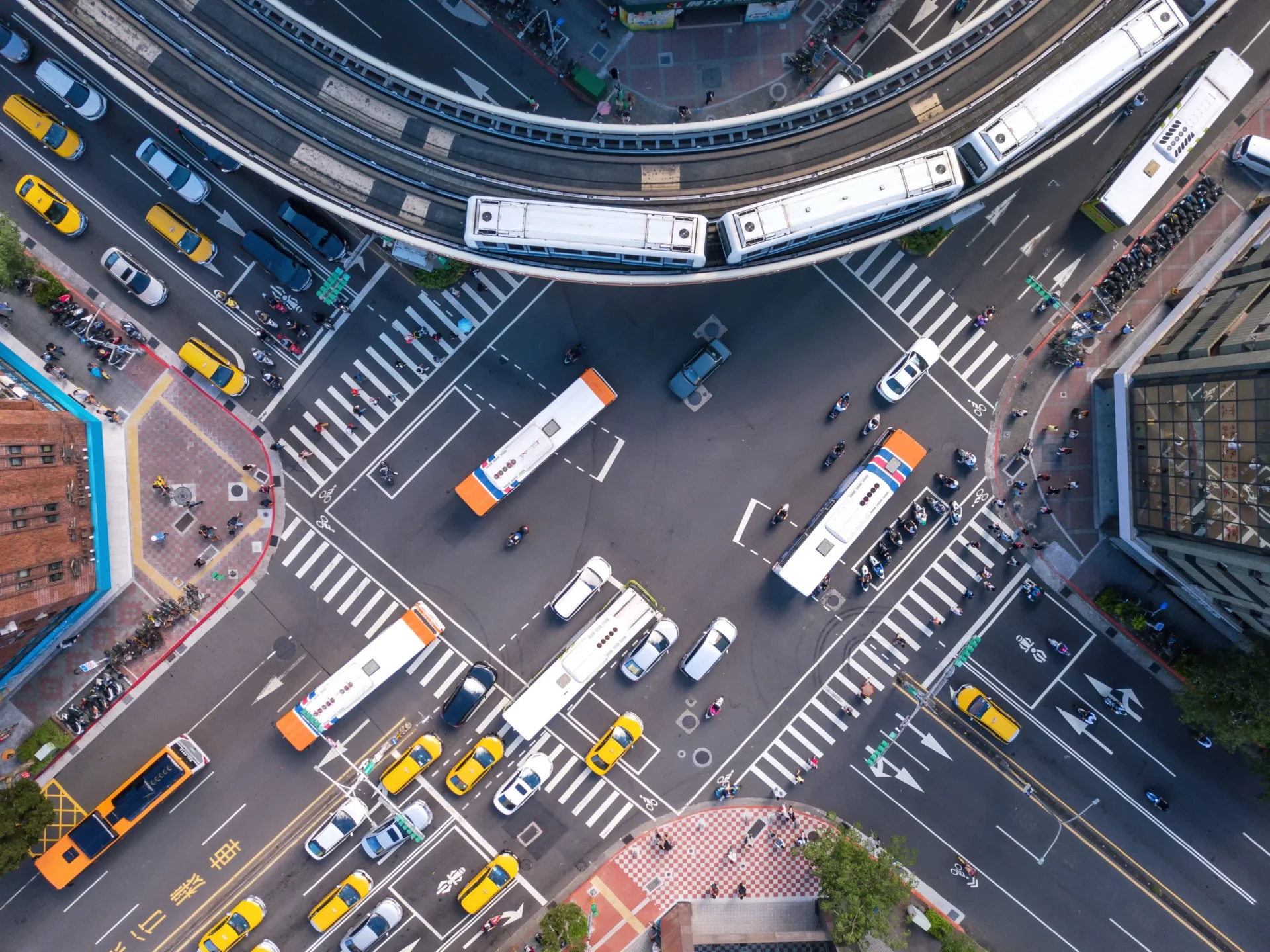
Mobility has always defined cities. From ancient marketplaces to modern megacities, how people move shapes how they live, work, and connect. Yet today, urban mobility is at a crossroads. Congestion, rising emissions, and inequitable access to transit threaten the health and vitality of communities. The good news is that innovation is delivering a new generation of urban mobility solutions—designed to be smarter, more sustainable, and more human-centered.
The Challenges Cities Face
Modern cities are dynamic and complex. Populations are swelling, and traditional road infrastructure is at capacity. In many places, private car dependency creates gridlock while fueling climate concerns. At the same time, access to reliable transit is uneven. Some neighborhoods are well served, while others—often those with vulnerable populations—are underserved.
These challenges cannot be solved by simply adding more buses or widening roads. Cities need systemic solutions that rethink mobility as a holistic ecosystem, one where every mode—buses, bikes, scooters, rail, and walking—interconnects seamlessly.
Defining Urban Mobility Solutions
Urban mobility solutions encompass a broad range of innovations, from smart bus stops and real-time passenger information systems to integrated multimodal platforms and automated enforcement tools. At their heart, these solutions aim to make transportation reliable, sustainable, and accessible for everyone.
Instead of static timetables, commuters receive live updates on arrivals and disruptions. Instead of separate modes of transit competing for space, systems are designed to complement one another—bike-share stations at transit hubs, pedestrian-friendly corridors near bus routes, or on-demand shuttles feeding into rapid transit. Mobility becomes an ecosystem rather than a set of isolated services.
The Human Experience
What makes these solutions transformative is their impact on everyday life. A commuter no longer guesses how long they’ll wait for the bus—the stop itself provides real-time updates. A family navigating across the city can plan a trip that integrates multiple modes, confident that connections will be reliable. A senior or person with disabilities finds stops designed with accessibility in mind, offering audio guidance and safe, well-lit spaces.
These experiences add up to something powerful: trust in transit. When riders know the system is reliable, safe, and intuitive, they are more likely to use it consistently. That shift away from private vehicles reduces congestion and creates healthier, more sustainable cities.
Urban Mobility and the Smart City
Urban mobility solutions are also integral to the smart city movement. Data collected through sensors, IoT devices, and AI-powered platforms does not only improve transit—it informs citywide planning. Understanding passenger flows helps agencies design better routes. Monitoring congestion helps adjust traffic signals. Tracking air quality and noise levels supports environmental goals.
In this sense, urban mobility solutions don’t just solve transport challenges—they become tools for building smarter, more responsive cities.
The BusPas Approach
At BusPas, we believe urban mobility solutions begin at the street corner. The bus stop, often overlooked, is where most riders interact with the system. By transforming it into a smart, connected hub, we make the entire network more reliable and human.
Our ORA platform uses edge AI to deliver real-time updates, capture passenger flow data, and support accessibility through audio and multilingual options. E-paper displays remain functional even in power outages, ensuring passengers are never left in the dark. Our enforcement solutions keep bus lanes and stops clear, so buses move efficiently and safely.
Most importantly, we design with equity in mind. Our solutions are scalable, so small towns as well as global cities can deploy them. By focusing on modular, adaptable infrastructure, we make sure mobility innovation is not limited to a privileged few urban centers but accessible to communities everywhere.
Looking Ahead
The future of mobility is not about a single technology or mode of transport—it is about creating systems that work together. Urban mobility solutions are about integration, adaptability, and human-centered design. They take the uncertainty out of waiting, the friction out of transfers, and the inequity out of access.
For passengers, this means confidence and dignity. For agencies, it means efficiency and foresight. For cities, it means progress toward sustainability and resilience.
At BusPas, we are proud to be part of this transformation. By reimagining the most ordinary piece of infrastructure—the bus stop—we are proving that urban mobility solutions are not abstract concepts but tangible improvements to daily life. The city that moves well is the city that thrives, and the path to that future begins with smarter, more connected mobility.






